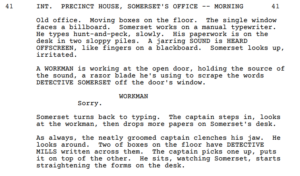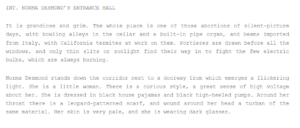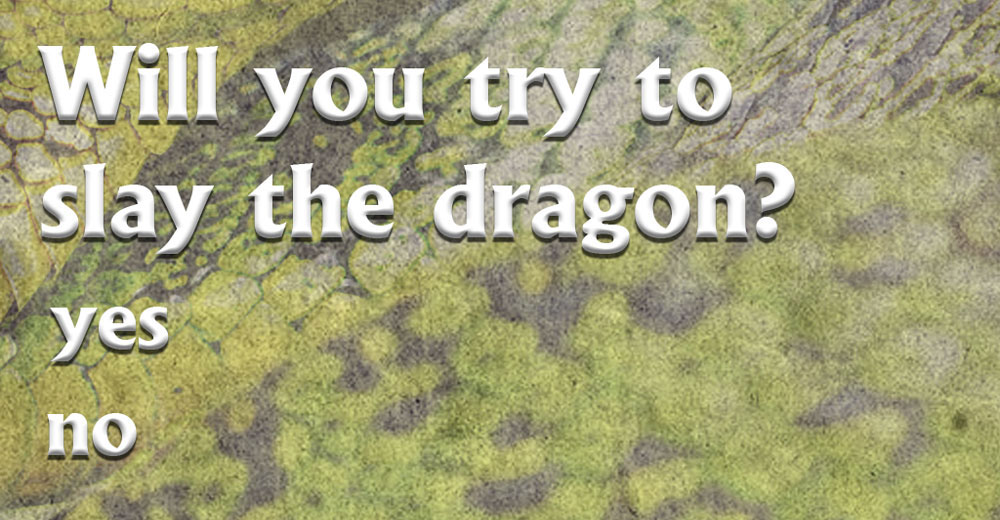Raymond Chandler once said that if he’d been a worse writer Hollywood wouldn’t have come calling—and if he’d been a better one he wouldn’t have gone. The truth is, it takes a very specific set of skills to write for the screen, and they’re pretty much the same whether you’re penning the screenplay for The Big Sleep or helping a B2B client share the wonders of their latest hardware.
At Radix we’re often asked to do the latter—very, very seldom the former—so I thought it might be useful to see how the top writing tips followed by Hollywood screenwriters could help copywriters produce better B2B video scripts.
Know your audience
Okay, not exactly ground-breaking stuff here, but as with any writing project the first thing you need to do is know your audience. Ask yourself (or, more helpfully your client) who are you writing for, and what will they engage with and react to?
This will be the platform that you build your story from, and it will influence every decision you make along the way.
Looking for examples in Hollywood? In Blake Snyder’s oft referenced screenwriting guide Save The Cat, he lists the ten genres all Hollywood films fall into. Each one of these genres has its own ‘language’ designed to appeal to a specific audience, in the same way you use a different set of linguistic tools when pitching to a CIO than you would when writing to a field worker.
Kids’ films are often the best examples of ‘knowing your audience’ because they have twice the workload. The best ones appeal not only to the primary audience of the children, but also the parents sat in the cinema with them.
Nail your narrative
Your marketing video, like any story, should have a strong narrative. And for the most part that will be a condensed version of the three-act structure you’ll find in films, novels and plays. Here it is in its most basic form:
ACT 1: A CHALLENGE
Here you introduce your protagonist and the challenge they face.
ACT 2: OBSTACLES
Here your protagonist is made overcome a bunch of increasingly difficult obstacles preventing him or her from achieving their goal.
ACT 3: CONCLUSION
And finally, your protagonist achieves their goal (most often) and we see how their world has changed because of it.
In B2B it works the same. Say the star of your video, Mike, has trouble printing things. This is your first act—he has a dilemma and he needs help fixing it. If the people watching that video have the same problem, then you’ve hooked your audience.
Your second act should then present your solution and illustrate all the wonderful ways it helps Mike surmount the obstacles in his path.
And finally, in your third act, you show the stunning results of this change.
Show, don’t tell
This is the number one rule of any visual storytelling. Never underestimate the importance of what your audience sees as opposed to what they read or hear.
Often the video scripts we’re asked to create will combine voiceover and visuals. Not a problem, you’d think, but you’ll find nine times out of ten that the client will insist on cramming too much messaging into the voiceover.
The truth is, if you’re using dialogue to impart every bit of information your story needs, then you might as well be writing a radio spot. It’s just not the way video should work. Dialogue and visuals must work together, and you need to trust your audience to pick up on the things they’re being told visually.
The rule screenwriters have hammered into them when it comes to this is ‘show, don’t tell’. And actually, that’s a great rule of thumb for all types of writing, whether it’s for a visual medium or not.
To illustrate I’ve used an example from Andrew Kevin Walker’s screenplay for the film Se7en. The scene below delivers a really well-worn, cop-film cliché: our protagonist, played by Morgan Freeman, is about to retire from the force, just as a big case rears its head. I have no idea what the probability of this happening in reality is, but on the big screen it is literally the only thing that ever happens on your last day at work. (Makes you wonder why more people don’t call in sick.) Regardless, look at the small section of screenplay below and see what we’re being shown as opposed to being told.

So, here’s a list of everything these visuals are telling us, in my mind at least.
- “The office is old” Somerset has been there a long time
- “There are moving boxes on the floor” He’s not going to be there for much longer
- “He uses a manual typewriter, filling in a yellow form. He types, hunt-and-peck, slowly” Somerset is clearly something of a traditionalist as illustrated by his choice of a typewriter over a computer. His slow typing indicates he’s not particularly au fait with technology. He’s the kind of cop that’s fast becoming obsolete (which is later contrasted by Brad Pitt’s young, upstart character).
- “Two boxes sit on the floor with ‘Detective Mills’ written across them Ah, okay, so Somerset is being replaced.
- “At the door, the workman takes a razor blade from his kit. He brings it against the writing on the glass of the door: DETECTIVE SOMERSET. The workman pushes the razor to start scraping the name away, and the razor on glass sounds like fingernails on a blackboard. Somerset looks up.” And finally, not only another visual indicator that Somerset’s time on the force is done, but also a nice metaphor. The ‘nails on the chalkboard’ and his reaction to the sound tell us something about how comfortable he feels about his retirement. Or maybe it’s foreshadowing that it’s not going to be a smooth transition. It’s open to interpretation but you get the point.
How much more interesting is this than having a back and forth between the two characters that imparts all the same information? Shorter too, and when you’re working with videos you often have to get a lot across in a short time, so being concise is vital.
We’re given so much information here without anyone really uttering a word; chances are you missed some of it as you read it, but if you were to see it on screen it would all have sunk in.
Be descriptive
Remember two things: Firstly, someone has to read and ‘okay’ your script. If they can’t picture what you’re imagining, you’d better prepare yourself for a lot of confusion, emails and conference calls that should all be avoided by clear, concise, yet descriptive writing.
Secondly, someone has to bring your script to life. Depending on the kind of video you’re writing this might involve collating and editing stock footage, animating some typography in a way that illustrates your points, or animating your visual creation from the ground up. I could pretend this is all about taking pity on the person whose job this is, because it takes a lot of time and a lot of talent if done well, but equally that equates to a lot of money. If you’re clear, you keep everyone happy and you keep costs down. And that means next time a script needs writing, the same client is likely to pick up the phone and dial your number first.
Here’s a great example of good descriptive screenwriting, from the screenplay for Sunset Boulevard by Billy Wilder, Charles Brackett, and D. M. Marshman Jr. The screengrab is taken from an excellent piece on character introductions by thescriptlab.com.
Bear in mind as you’re reading the excerpt that this script has to serve several stakeholders: it’s for the actors, the director, the set designer, the costume department and so on. Looking at this I can see all of the above instantly having a clear idea of what they need to produce.

Arrive late, leave early
When you’re asked to tell a story in a video you’ve probably got about one to two minutes to get in and out. You have no choice but to be concise, and a great way to ensure you can do this by following another old screenwriters’ rule: ‘arrive late, leave early.’
William Goldman, a screenwriter responsible for such gems as Butch Cassidy and The Sundance Kid, and The Princess Bride, once described Hollywood as the only place where it pays to turn up late.
“You always attack a movie scene as late as you possibly can. You always come into the scene at the last possible moment,” he said. And, of course, you do the same at the end of the scene: leave as early as possible.
When writing B2B video copy this really translates into ‘show your audience only what they need to see’. We don’t need to see our protagonist buying a server and using it for ten years before he realises it’s no longer fit for purpose. We want to start our video with him standing next to a smoking, crapped-out server, before going on to explain why yours will change his life.
To illustrate, here’s one of the more famous examples of leaving early in film history, from the aforementioned Butch and Sundance. In this final scene of the film our two outlaw protagonists are injured and cornered by the Bolivian Army. They know their fate is sealed, as do we, but their false bravado culminates with them leaving their cover and running towards the cameras guns blazing. The shot freeze-frames on our two heroes here, as the sound of gunfire continues. We know exactly what happens without ever having to see it.
Obviously Goldman hasn’t done this because he only had a couple of minutes left to finish the film. He did it so our enduring image of his two characters would be them heading out in a blaze of glory and battling insurmountable odds. But it’s a great way to end.
If you need help writing a B2B video, you’ll find more about our scriptwriting services here.



